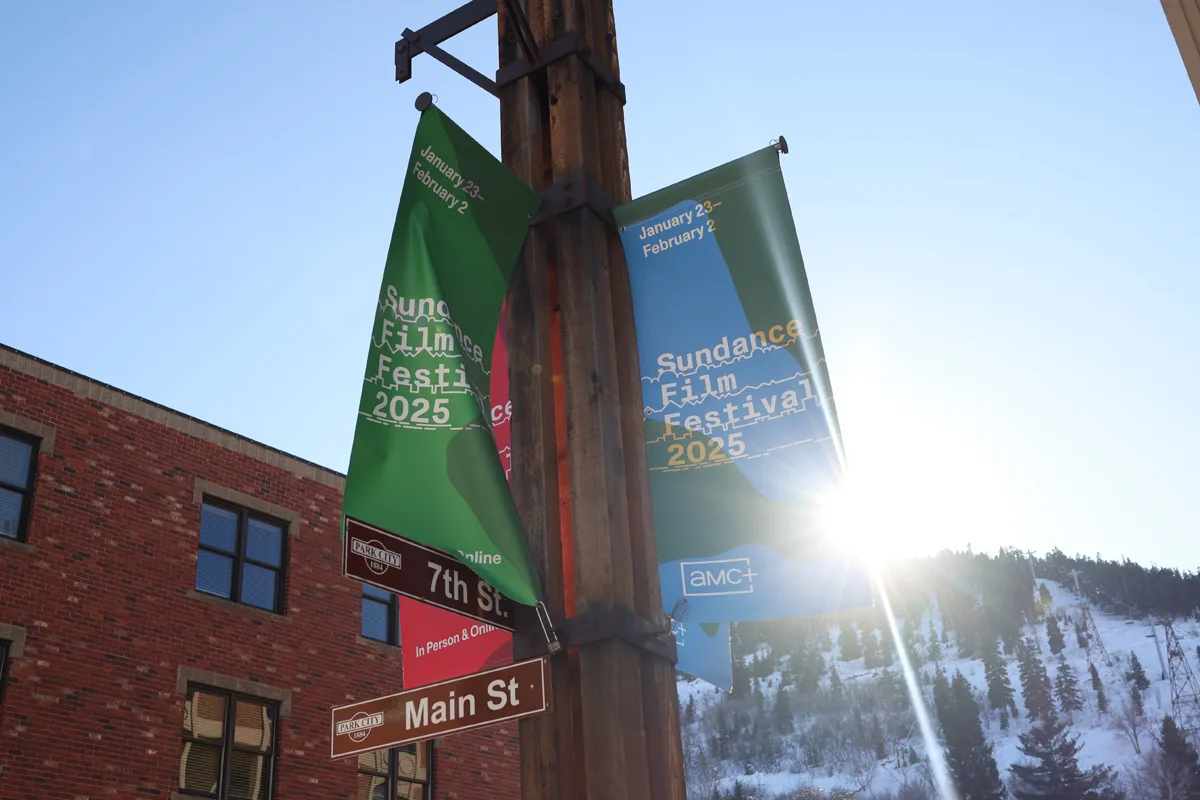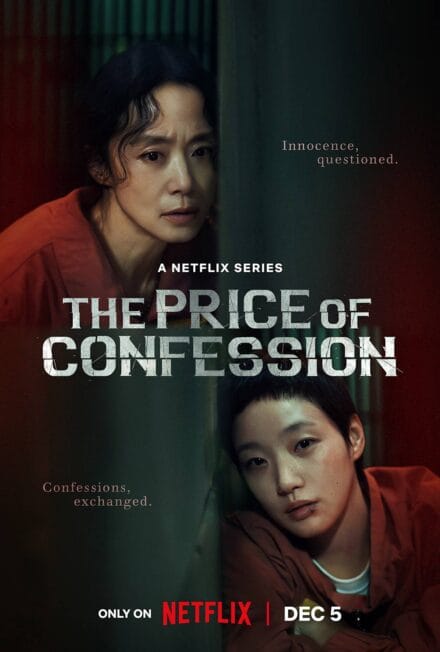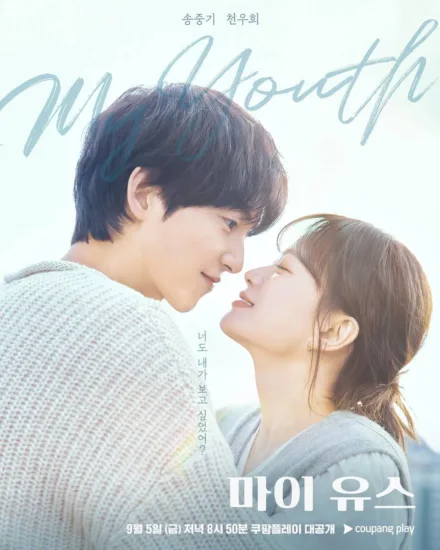The Sundance Film Festival stands as a pivotal institution in independent cinema, characterized by constant evolution and reinvention. From its humble beginnings to its current status as a major industry event, the festival has undergone significant transformations that reflect broader changes in independent filmmaking and the entertainment industry.
Origins and Early Years
Founded in 1978 by Utah’s film commissioners and producer Sterling Van Wagenen, the festival initially emerged as the Utah/U.S. Film Festival in Salt Lake City. Van Wagenen’s connection to Robert Redford proved crucial, as Redford agreed to chair the inaugural edition’s board. The first festival was an ambitious attempt to attract notable filmmakers by showcasing a diverse selection of repertory films, ranging from classics like “A Streetcar Named Desire” to contemporary hits like “Mean Streets.”
The festival’s early programming strategy was innovative. Programmer Sharon Swenson curated over 20 films to draw famous directors and stars to Utah. Importantly, the festival introduced a “Regional Cinema Competition” that featured eight independent films, many of which are now considered classics, including works by David Schickele, Claudia Weill, Martha Coolidge, and Penny Allen.
Despite initial creative success in connecting independent filmmakers with the industry, the festival struggled financially. The decision to relocate to Park City in 1980 was strategic, with hopes that ski slopes would attract more attendees during the traditionally slow tourism period.
Institutional Evolution
A critical moment came in 1981 when Redford launched the Sundance Institute to support filmmakers who struggled to find opportunities in mainstream Hollywood. The institute began hosting labs at Redford’s Sundance Mountain Resort, creating a nurturing environment for emerging talent.
The festival’s management underwent significant changes throughout the 1980s. After the Sundance Institute took over management in 1984, the event began to stabilize financially and expand its programming. The competition program, led by Tony Safford, started incorporating co-productions from studios and broadcasters, though this approach drew criticism from some film critics who felt it compromised the festival’s independent spirit.
The 1990s represented a golden era for Sundance. The festival renamed itself the Sundance Film Festival in 1991, more closely aligning with the Institute’s artist-development mission. Films like “sex, lies, and videotape” and “Clerks” found remarkable success, cementing Sundance’s reputation as a launchpad for independent cinema.
Commercialization and Industry Transformation
However, even by the mid-1990s, filmmakers were becoming aware of the festival’s increasing commercialization. The documentary “At Sundance” captured filmmakers like Todd Haynes and Gregg Araki discussing the challenges of maintaining artistic integrity in an increasingly market-driven environment.
The festival’s industry focus intensified in the 2000s. The creation of the Sundance Industry Office aimed to make the event more business-friendly, with official partnerships and corporate brand activations becoming integral to the festival experience. The BrandStorytelling conference, featuring speakers from major corporations, exemplified this shift.
Current Challenges and Future Prospects
By 2024, Sundance faced significant challenges. The festival had outgrown its original home in Park City, a small town with just 8,254 year-round residents. The escalating costs and logistical difficulties prompted an unprecedented search for a new host city, with Boulder, Cincinnati, and Salt Lake City/Park City emerging as finalists.
Attendance had ballooned to 72,840 people in recent years, making the festival increasingly difficult and expensive to attend. The event had become more about industry networking, deal-making, and corporate presence than celebrating independent cinema.
Global Expansion and Institutional Adaptation
Sundance had already begun expanding globally, with spin-off festivals in cities like London, Hong Kong, and Mexico City. The Institute’s educational platform, Collab, launched in 2019, further demonstrated the organization’s ability to adapt to changing technological and educational landscapes.
The festival’s staff is now primarily based in Los Angeles and New York, with only a small office remaining in Park City. This geographic dispersal reflects the festival’s transformation from a local Utah event to a global cultural institution.
Significance and Legacy
The potential relocation represents more than just a change of venue. It symbolizes the ongoing negotiation between artistic independence and commercial viability that has defined Sundance since its inception. The festival has consistently balanced supporting emerging filmmakers with creating a marketplace for independent cinema.
As Sundance prepares for its next chapter, it continues to navigate the complex landscape of independent film production and distribution. The choice of a new host city will likely reflect considerations of accessibility, infrastructure, and the ability to maintain the festival’s unique character.
Future
From its origins as a small regional film festival to its current status as a global platform for independent cinema, Sundance has demonstrated remarkable resilience and adaptability. Its history reflects broader changes in filmmaking, technology, and cultural production, making it more than just a film festival—it’s a barometer of independent artistic expression.
The upcoming location change is just the latest evolution in Sundance’s ongoing story, promising to write another chapter in its rich and complex history.








Leave a Comment